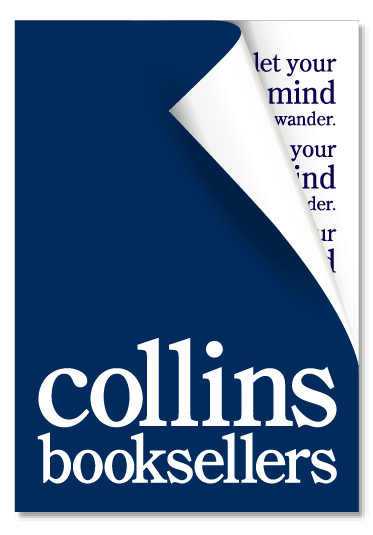The Sleeping Beauty
Author(s): Arthur Rackham (Illustrator); C S Evans (As told by)
This work has been selected by scholars as being culturally important, and is part of the knowledge base of civilization as we know it. This work was reproduced from the original artifact, and remains as true to the original work as possible. Therefore, you will see the original copyright references, library stamps (as most of these works have been housed in our most important libraries around the world), and other notations in the work.
This work is in the public domain in the United States of America, and possibly other nations. Within the United States, you may freely copy and distribute this work, as no entity (individual or corporate) has a copyright on the body of the work.
As a reproduction of a historical artifact, this work may contain missing or blurred pages, poor pictures, errant marks, etc. Scholars believe, and we concur, that this work is important enough to be preserved, reproduced, and made generally available to the public. We appreciate your support of the preservation process, and thank you for being an important part of keeping this knowledge alive and relevant.
Product Information
"There is a renewed confidence, a delicacy of vision in these pictures, which is surprising and refreshing for those familiar with the sophisticated color palette for which Rackham was famed at the time. Not, of course, that Rackham was in any sense new to the use of silhouettes, but [Sleeping Beauty] is the first from his pen to depend entirely upon this interesting and difficult technique. His simple forms are often inventive, imaginative, amusing and tell their stories well. But it is in the more sophisticated silhouettes, in which he combines texture and reversals .... that Rackham's ingenuity is fully expressed. Fred Getting, "Arthur Rackham, "1975
Arthur Rackham (1867-1939) is a titan among children's book illustrators. His influence, talent and greatness cannot be overstated. But this man who created such exquisite picture books, who painted ethereal fairies, gnarled dwarves, romantic princesses and windswept trees had a rather staid life. Indeed, many a frustrated biographer has searched for a link between Arthur Rackham and the notorious 18th century pirate John "Calico Jack" Rackham, hoping to explain the gap between the man and his work, but thus far it isn't a certainty. Arthur Rackham was born to a middle class family, was early on a clerk and started drawing for newspapers. He moved on to the burgeoning book illustration market, and by 1906 was a leader of children's book illustration's Golden Age. Rackham produced - along with Kay Nielsen, Edmund Dulac, Willy Pogany and others, lavish large format books for children with tissue guards, mounted pictures, gilt-embossed covers and - most importantly - exquisitely rendered illustrations. At the height of the Golden Age Rackham was in the enviable position of dictating to his publishers what he wanted to illustrate, and in this period some of his most beautiful books were made, including "Peter Pan in Kensington Gardens" (1906) "Alice's Adventures in Wonderland "(1907"), A Midsummer-Night's Dream "(1908"), Undine "(1909) and" Mother Goose "(1913). One biographer described Rackham as "a neat alert person, tidy, energetic, punctual." He was by all accounts a loyal husband and father, and a disciplined artist who avoided the pitfalls that others in his occupation are all too prone to. Rackham seemed to put his Id in his work, and what work it is. The undulating expressiveness of his lines is unmistakably Rackham-esque (and often copied). His color palette is restrained, some might argue too restrained, but where a less talented artist might distract us with brightness, Rackham the master seduces with moderation. His illustrations are alive with movement. Some are sensual, others sweet, some are terrifying. Rackham was a very versatile illustrator, lending his talents to authors as diverse as Shakespeare, Richard Wagner, Poe, Milton, J.M. Barrie, Hawthorne, Dickens, Christina Rossetti and Oliver Goldsmith, among many others. At the very end of this life, ill with the cancer that would end it, he was asked to illustrate Kenneth Grahame's "Wind in the Willows," a commission he had rejected some thirty years earlier. Rackham had always regretted that decision, especially as Grahame had died a few years earlier in 1932. But he went ahead, though he could work only 30 minutes per day, and "Wind in the Willows" was another Rackham treasure, his last. Charles Seddon Evans (1883-1944) was educated at East London College and began his career as a schoolmaster before joining the publishing house of Edward Arnold as Educational Editor in 1909. He moved to the firm of Heinemann in 1913, where he spent the rest of his working life, becoming Chairman and Managing Director in 1932. He wrote this version of "The Sleeping Beauty" as a companion volume to "Cinderella," also illustrated by Arthur Rackham.
General Fields
- :
- : Dover Publications, Incorporated
- : dover
- : 0.63004
- : 01 March 2013
- : 254mm X 178mm X 20mm
- : United States
- : books
Special Fields
- : Arthur Rackham (Illustrator); C S Evans (As told by)
- : Hardback
- : Arthur Rackham
- : English
- : 112
- : Illustrations (some col.)


